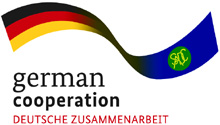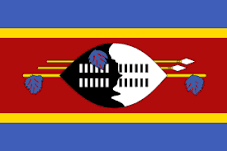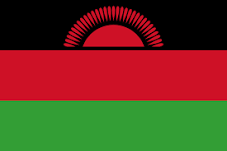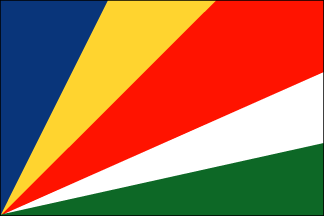Harvesting Tomorrow: Foresight Fields of Millet and Sorghum in Southern Africa
By Dr Abdularazak Ibrahim & Mrs Bridget Kakuwa-Kasongamulilo In Lusaka, forty-seven (47) stakeholders, including policymakers, scientists, farmer groups, youth, and women groups, gathered for a three-day workshop on Regional Foresight for Food Systems Training Workshop. Representatives across the region exchanged ideas, hopes, and dreams for a sustainable and resilient food future in the Southern African Development Community (SADC) region. Following a series of presentations on the fundamentals of foresight and the food systems framework, the workshop discussed innovative solutions to transform the existing food systems. Armed with tools such as causal loops, trend analysis, and scenario mapping, the participants engaged in deep discussions to uncover the region's untapped potential. Drawing insights from the Food and Agricultural Organization’s (FAO) series.The Future of Food and Agriculture—Drivers and Triggers for Transformation and its associated dashboard, stakeholders reviewed domains relevant to the SADC region. In the heart of these foresight discussions emerged a revelation: millet and sorghum, ancient grains often overlooked, held the key to a resilient and thriving food system. Through rigorous analysis and collaborative brainstorming, the participants envisioned a future where these hardy grains took center stage, outshining maize in their ability to withstand climate challenges, conserve water, and offer enhanced nutritional benefits. Ms Lilly Singano, owner of Lilly Meals, a Sorghum and Millet Processing and Packaging company, was excited with the workshop direction. She said, "Both sorghum and millet are not just substitutes for maize but are superior in many ways, offering higher nutritional values, with millet being rich in fiber and essential minerals like magnesium, phosphorus, and manganese."

In supporting the discussion, Dr. Noah Mwanza from the Climate Change Association of Zambia (CCA)said, "Sorghum and millet are remarkable for their drought tolerance, making them ideal crops for ensuring food security in arid and semi-arid regions where maize cannot thrive."
The foresight-driven dialogue unveiled a tapestry of possibilities as participants identified key drivers, enablers, frictions, and turners that would pave the way for millet and sorghum's transformative journey. Mr Dalisto Mbewe, the CAADP Representative from Zambia, added that "Given their adaptability to poor soils and low water requirements, sorghum and millet represent sustainable alternatives to maize cultivation, reducing the need for irrigation and input-intensive farming practices."
Causal loops painted intricate connections between climate resilience, biodiversity conservation, and the flourishing of these resilient grains. Trend analysis highlighted the rising global demand for healthier, sustainable food options, positioning millet and sorghum as the answer to the changing culinary landscape. "The versatility of sorghum and millet, from traditional dishes to gluten-free options, highlights their potential in modern diets and as a solution to the challenges of climate change and food security.", emphasized Dr. Matita, a lecturer at the Lilongwe University of Natural Resources in Malawi.
Through scenario mapping, the participants envisioned a future where millet and sorghum became the flag bearers of Southern Africa's food revolution, contributing to food security, economic empowerment, and cultural preservation. This collective foresight illuminated a path where these ancient grains could break free from the shackles of neglect and shine as the heroes of a sustainable food future. Mr. Nelson Mavuso, Director of Extension in Eswatini, stressed that "Incorporating sorghum and millet into diets can diversify our food sources and help combat micronutrient deficiencies, as these grains are packed with vital nutrients often lacking in maize."
As the workshop concluded, the participants left with a newfound passion for millet and sorghum, armed with a shared vision and a roadmap for implementation. Sorghum and millet are remarkable for their drought tolerance, making them ideal crops for ensuring food security in arid and semi-arid regions where maize cannot thrive."Harvesting Tomorrow: Foresight Fields of Millet and Sorghum in Southern Africa" became not just a title but a rallying cry, echoing across the fields and communities, inspiring a movement towards a brighter and more sustainable future for all.
The authors are Foresight Focal point persons for CCARDESA and FARA, respectively.

























































